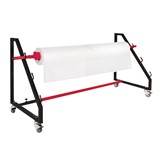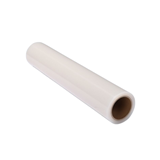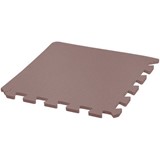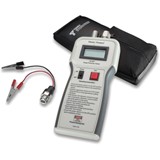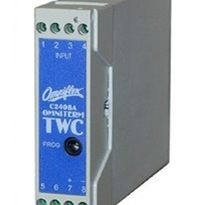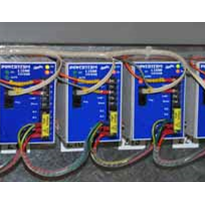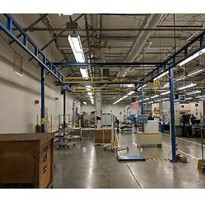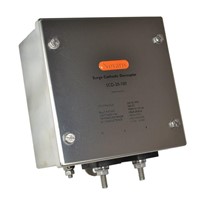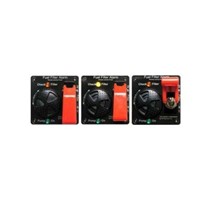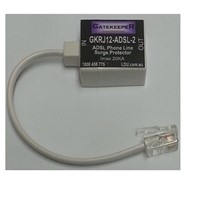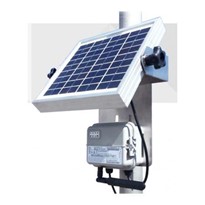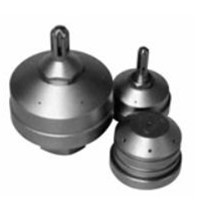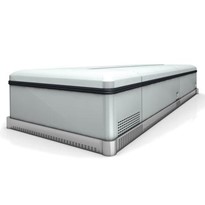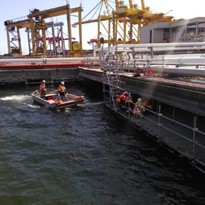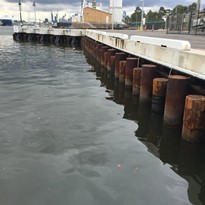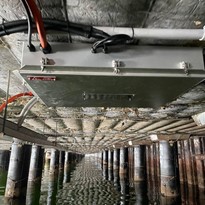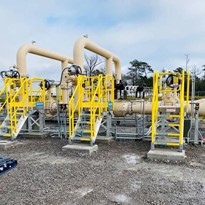In key infrastructure, such as the concrete piles supporting the Sydney Opera House, impressed current cathodic protection (ICCP) systems are required to safeguard against corrosion. With structures expected to be in service for many decades, reliability and longevity are key features required of these systems. On World Corrosion Awareness Day 2024, David Celine, managing director at cathodic protection specialist Omniflex, looks back on the company’s work on the CP system that has protected the UNESCO world heritage site from the looming threat of corrosion for over ten years.
Since it opened by the late Queen Elizabath II in 1973, the Sydney Opera House has been the home to so many cultural events in Australia. For example, in April 2015, guests were treated to a hologram performance from Stephen Hawking. The following February, Prince took to the stage as part of his intimate Piano and a Microphone tour. This was one of his last performances before he passed away two months later.
In 2016, the first annual lighting of the sails was curated, transforming the building into an animated canvas, covered in the work of six indigenous artists. This tradition was repeated in 2017 and 2021. Omniflex’s CP system stood strong throughout all these memorable events, ensuring that those attending were safe and able to enjoy what the Opera House had to offer to its fullest.
Prior to 2012, the Sydney Opera House relied on an ICCP system that was no longer supported by the original manufacturer. As a result, engineers found it difficult to keep the system properly operational. Monitoring of system performance was also carried out manually, meaning engineers were required to regularly go underneath the structure to the cramped, difficult-to-access CP cabinets wearing life jackets to take hundreds of readings. Not only was this becoming costly and inconvenient, but the proximity of the water was a safety concern.
On a world-famous landmark, which adds approximately $254 million (AUS) a year in value to the Australian economy, a reliable CP system is critical for protecting assets from corrosion. A decade ago, switch-mode technology was still largely unproven in these applications and consultants were concerned over the system longevity. However, due to the tight spaces and proximity to the seawater, the more traditional phase-controlled systems could not be deployed, due to their size and heat generated from their inefficient power conversion. Omniflex’s track record in supplying reliable electronic instrumentation gave the consultants the confidence to go with the more modern technology.
Protecting the Opera House
For over a decade, Omniflex’s ICCP system has protected the steel-reinforced concrete piles under the Western Broadwalk of the Opera House. The system operates by converting AC power to over 80 individually controlled DC currents. These are sent to anodes, embedded in the structure to ensure that it remains cathodic with respect to its environment, preventing corrosion. Each anode current and voltage, as well as the surrounding potential of the steel is monitored 24/7 to ensure ongoing protection of the structure.
The PowerView ICCP system, which remains robust and reliable, comprises of five transformer/rectifier units (TRUs) located along the length of the structure and mounted ed just half a metre above the high tide level. Each one is enclosed in an IP67-rated cabinet for protection against temporary submersion in water. The TRUs control the currents to the 80 anodes in total across the five cabinets and monitor the performance through 144 embedded reference electrodes. Most of these anodes are directly embedded into the concrete, however some are submerged under the waterline to ensure full corrosion protection for the concrete piles, which extend down into the harbour floor.
Because the space for conducting inspections below the Opera House’s decking is limited and often unsafe at high water levels, it was important to install a solution that could be left unmanned for longer time periods. Therefore, following consultations with CP experts, the Opera House chose a distributed CP system with web-based remote monitoring, significantly decreasing the need for manual inspections and reducing the injury risk for engineers.
Ensuring safety with remote monitoring
With cloud-based remote monitoring platforms, like Omniflex’s Data2Desktop, engineers have been able to collect over ten years of data relating to asset performance in real-time, 24/7, which can be accessed using a computer, phone or tablet. This means that all abnormal events, like power outages or system failures, have been reported directly to the relevant personnel, via SMS or email alerts, without delay over the past decade. If an issue is picked up by the system, performance testing can also be carried out remotely, and doesn’t require a physical inspection in a difficult-to-access area.
Remote monitoring is also needed in ICCP systems to help engineers identify where an abnormal event has occurred. For example, if one anode stops working in one of the 80 zones, it will be picked up by the smart T/R module and reported back to the web portal. Therefore, instead of having to manually inspect every zone, which is laborious and impractical, engineers will be immediately directed to the site where the issue has occurred. While corrosion takes place over decades, and one power outage is unlikely to cause immediate damage, it’s important for site managers to be able to take appropriate action immediately, minimising the chance of unplanned closures in the future and ensuring system longevity.
The Sydney Opera House attracts approximately 10.9 million visitors every year and is a key contributor to Australia’s economy. Therefore, a lot is at stake if corrosion takes over. Omniflex’s solution has efficiently monitored and controlled corrosion under the Opera House for over ten years and will continue doing so for many more years to come.


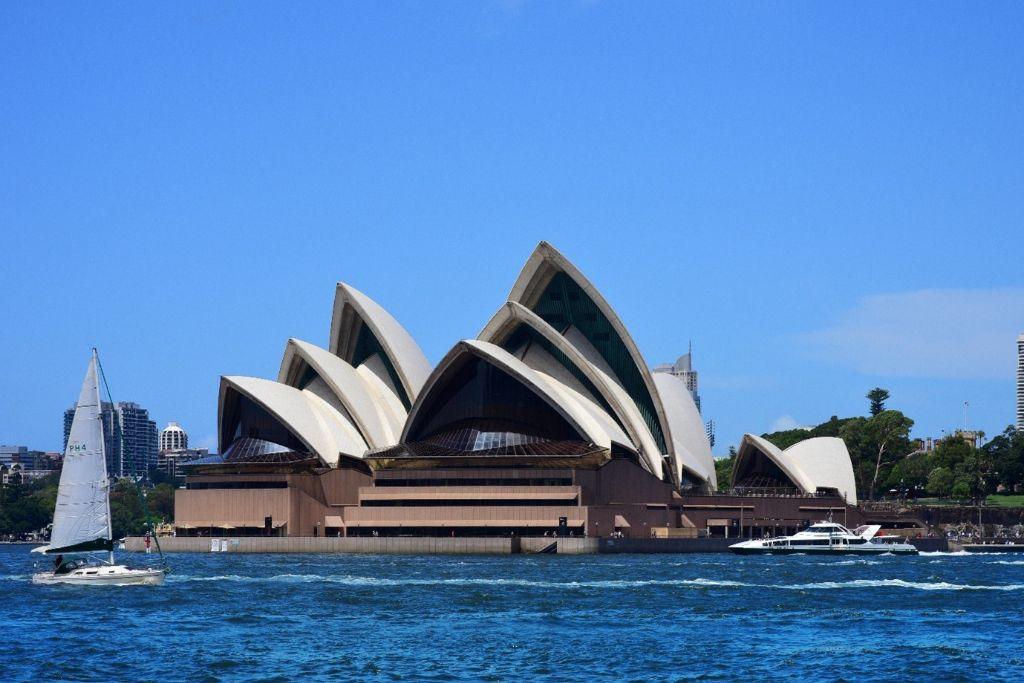



-160x160-state_article-rel-cat.png)

